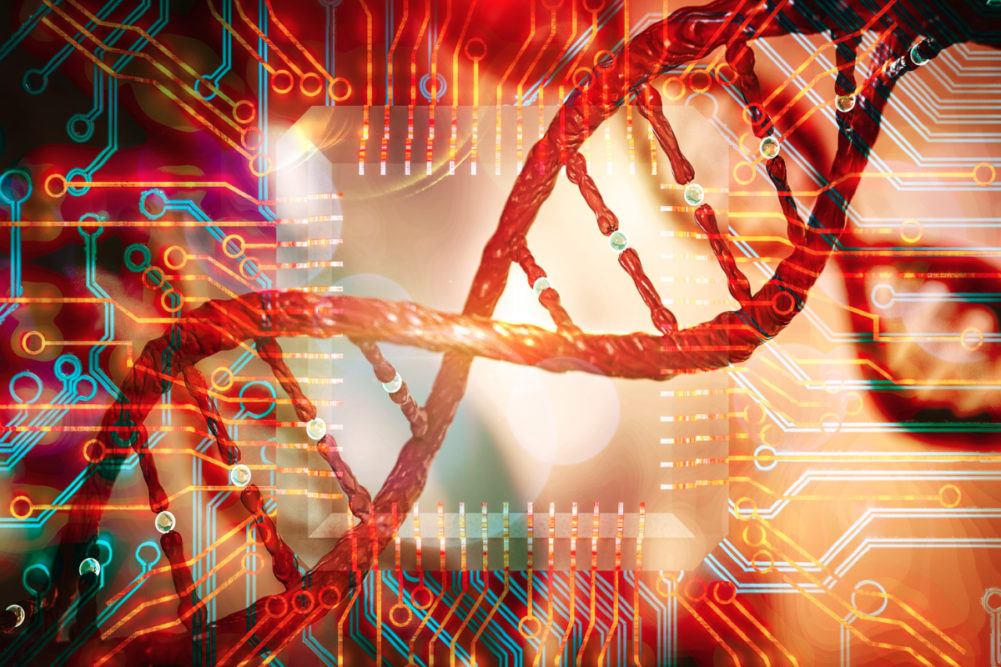KANSAS CITY — Bioinformatics might be a new term to the baking industry, but it’s showing promise in assisting in a longtime challenge: finding ingredients to replace or reduce the use of egg-based ingredients in formulas.
“At the simplest level, bioinformatics is just using computers to analyze biological data,” said Harrison Helmick, a PhD student at Purdue University.
The practice is used widely in kinetics, biomedical research and drug discoveries, and it also could prove useful in food formulation, he said in a Feb. 18 presentation at BakingTech 2021, a virtual event put on by the American Society of Baking.
Eggs provide strong gels and emulsifying properties in baked foods, Mr. Helmick said. Removing them from formulas might cause cakes and cookies to collapse and not have a uniform crumb structure.
Most proteins are somewhere between 400 to a couple thousand amino acids long. Bioinformatics predicts what the structure of a specific protein will look like.
“Using just bioinformatic information, you can screen for any protein that may or may not be a good emulsifier,” Mr. Helmick said, adding “This represents a tremendous opportunity to identify new proteins that might have good characteristics for what you’re looking for.”
Pea protein has been shown to have emulsifying activity similar to that of ovalbumin, the primary protein in egg whites, he said.
Companies wanting to use bioinformatics in their facilities may find it’s not that complicated, Mr. Helmick said. Free and publicly available software is available to help install it.
“It is a tool that truly may one day revolutionize the way that we make food,” Mr. Helmick said. “With the simple click of a button, you might be able to predict the types of textures that a food would have.”






